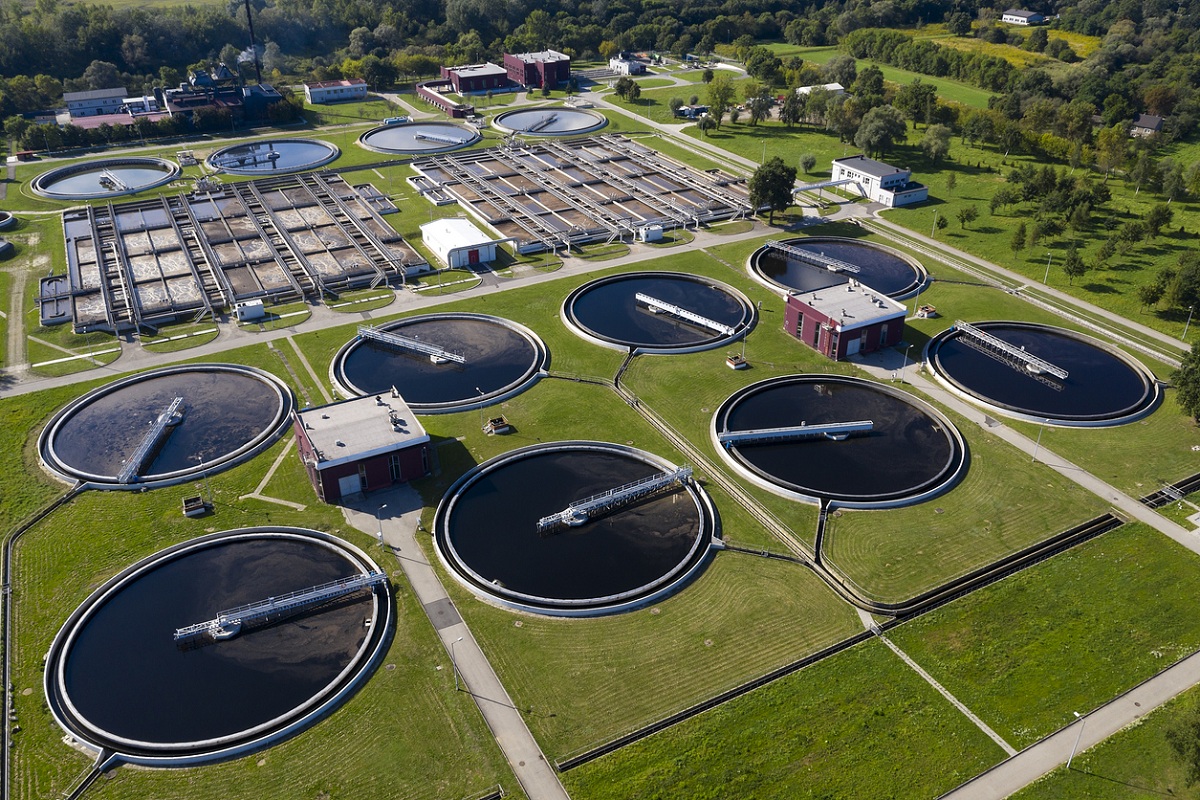In a significant breakthrough, Indian scientists have developed a wastewater treatment technology that can treat all types of waste water in an efficient and cost effective manner thus maximizing its industrial reuse and minimizing the discharge of polluted water into the country’s rivers.
The technology called ‘advanced oxidation’ or ‘TADOX’ that uses UV-Photocatalysis is likely to be a game changer for India’s effort to keep its major rivers including Ganges clean and healthy by ensuring large scale treatment of highly polluted toxic industrial waste water and its maximum reuse instead of discharging them into rivers.
Advertisement
The technology has been developed by New Delhi based Energy and Resources Institute and TERI. It will according to a note by the Ministry of Science and Technology, go a long way in reducing the dependence and load on biological and tertiary treatment systems and help achieve Zero Liquid Discharge or ZLD by 25-30 per cent and bring down the operating cost of industrial waste water treatment by 30-40 per cent.
Advertisement
The Department of Science and Technology (DST), Water Technology Initiative (WTI), has supported TERI to develop the technology in collaboration with ONGC Energy Centre (OEC), Delhi. The technology involves UV-Photocatalysis as an Advanced Oxidation Process (AOP) at the secondary treatment stage leading to oxidative degradation and mineralization of targeted pollutants, the ministry note explained.
The existing treatment measures have been proven to be inefficient because of their over dependence on biological treatment systems, which are unable to bear shock loads. Similarly, tertiary treatment systems involving RO and Multi Effect Evaporators (MEE) are also found to leave a large carbon footprint. The maintenance cost of RO and MEE also make wastewater treatment highly unsustainable and unaffordable.
Advertisement











